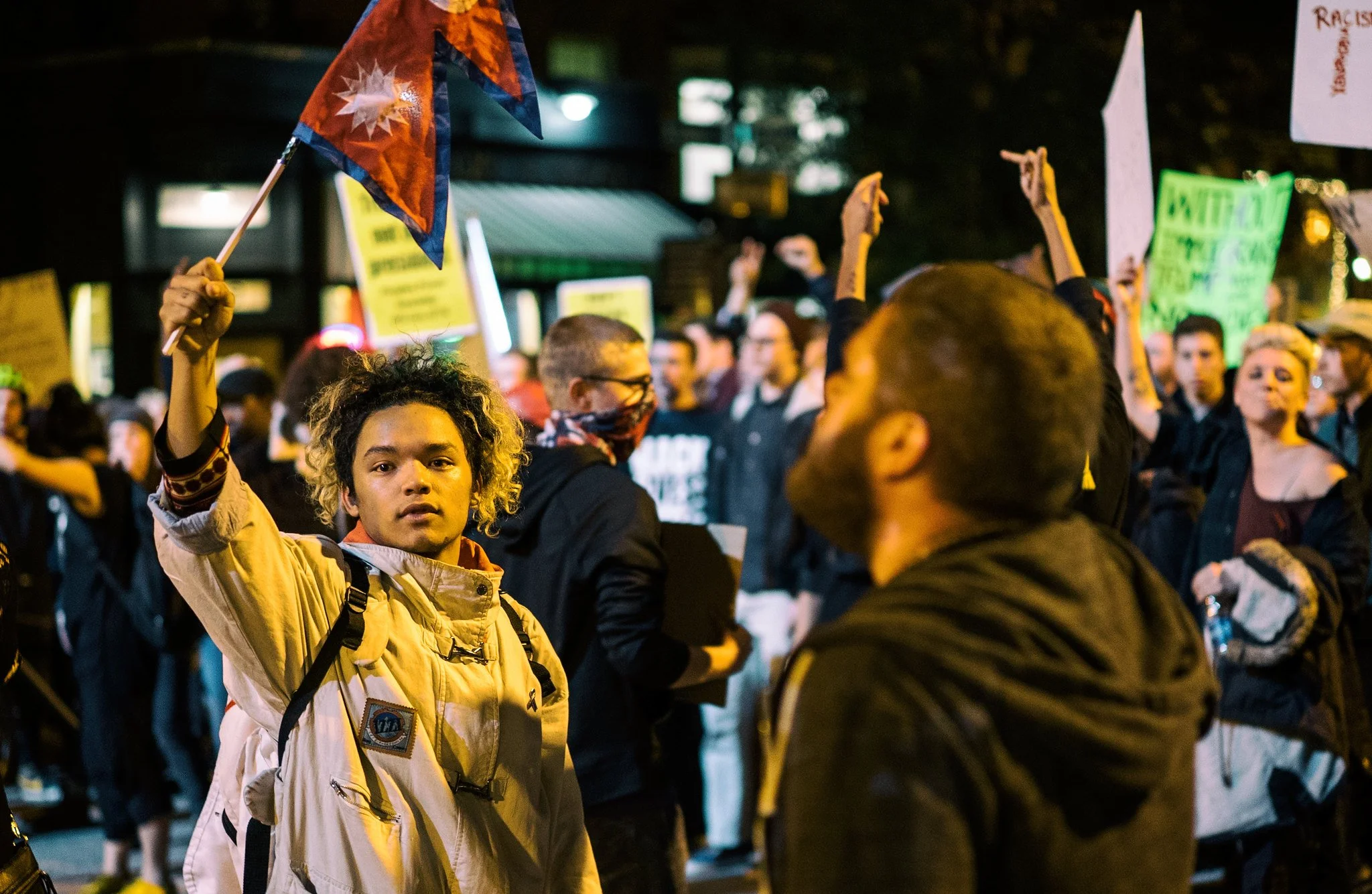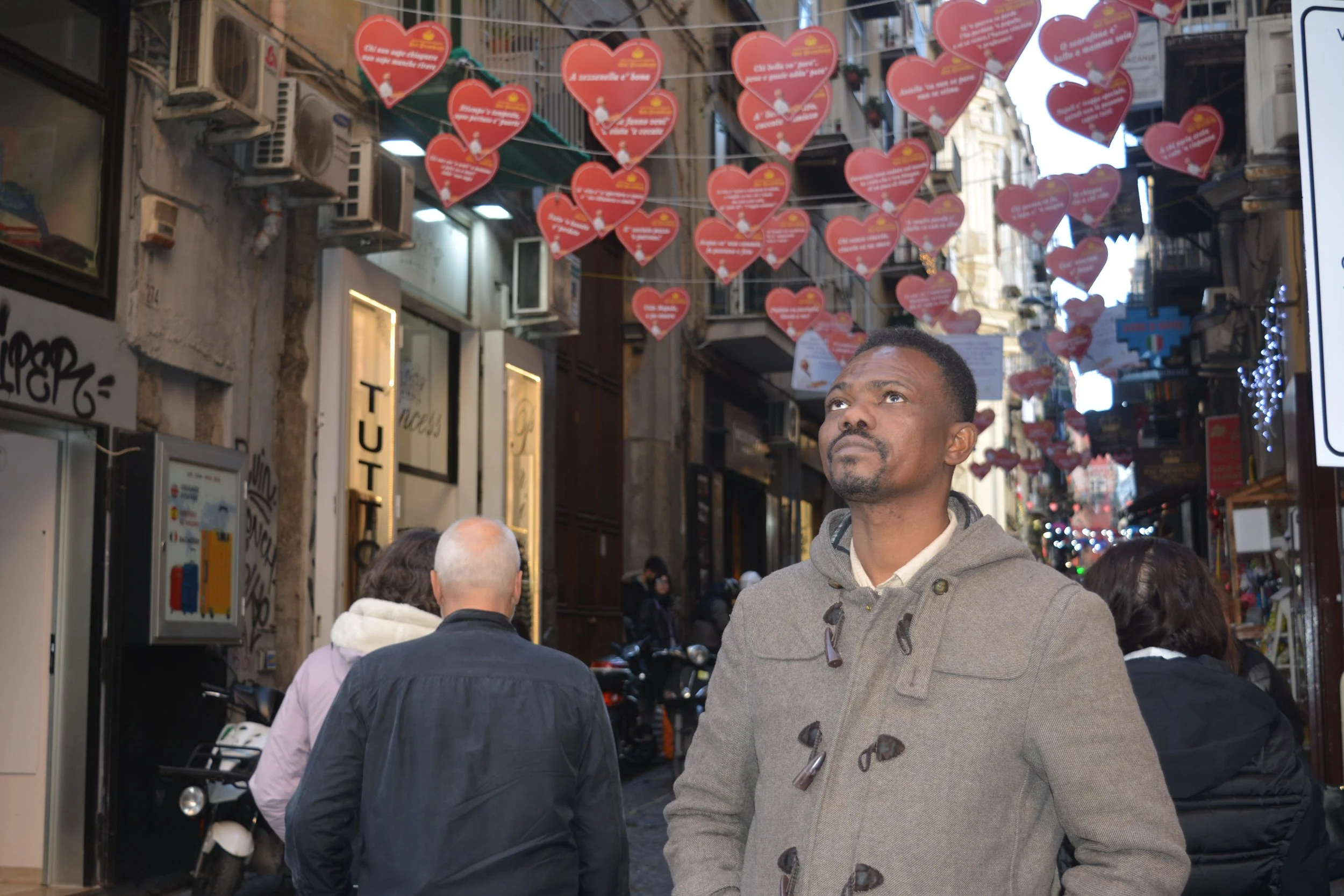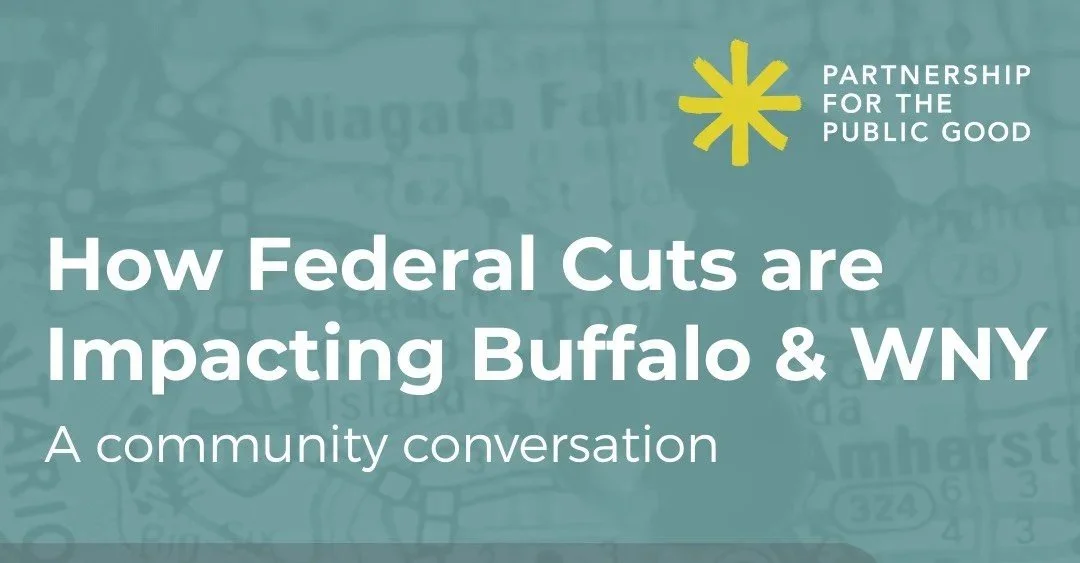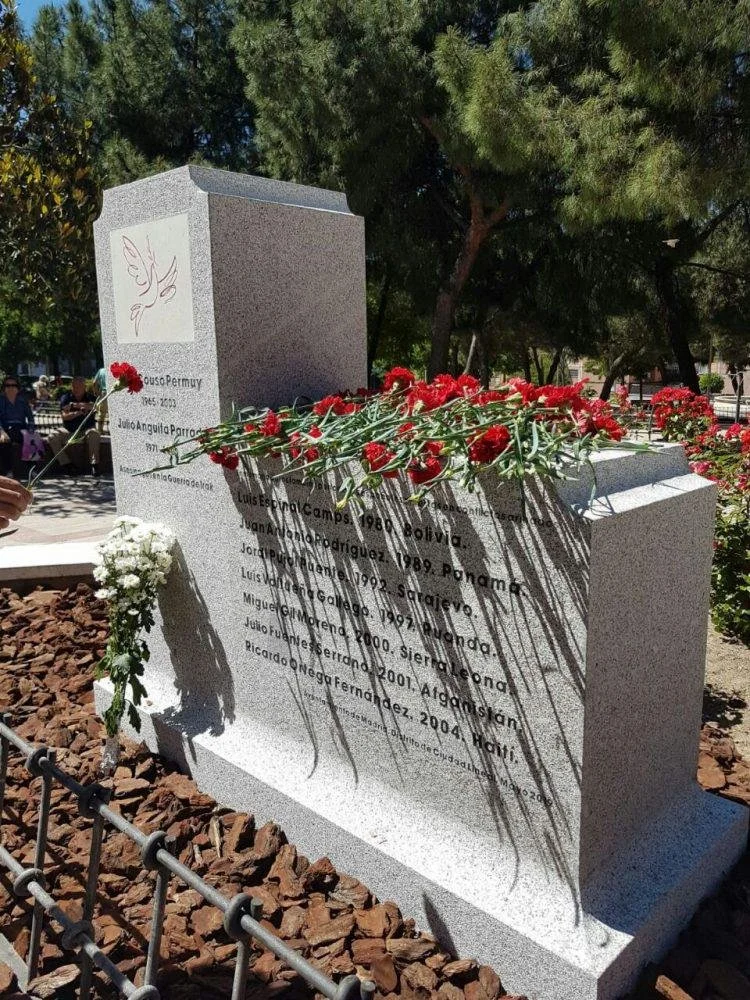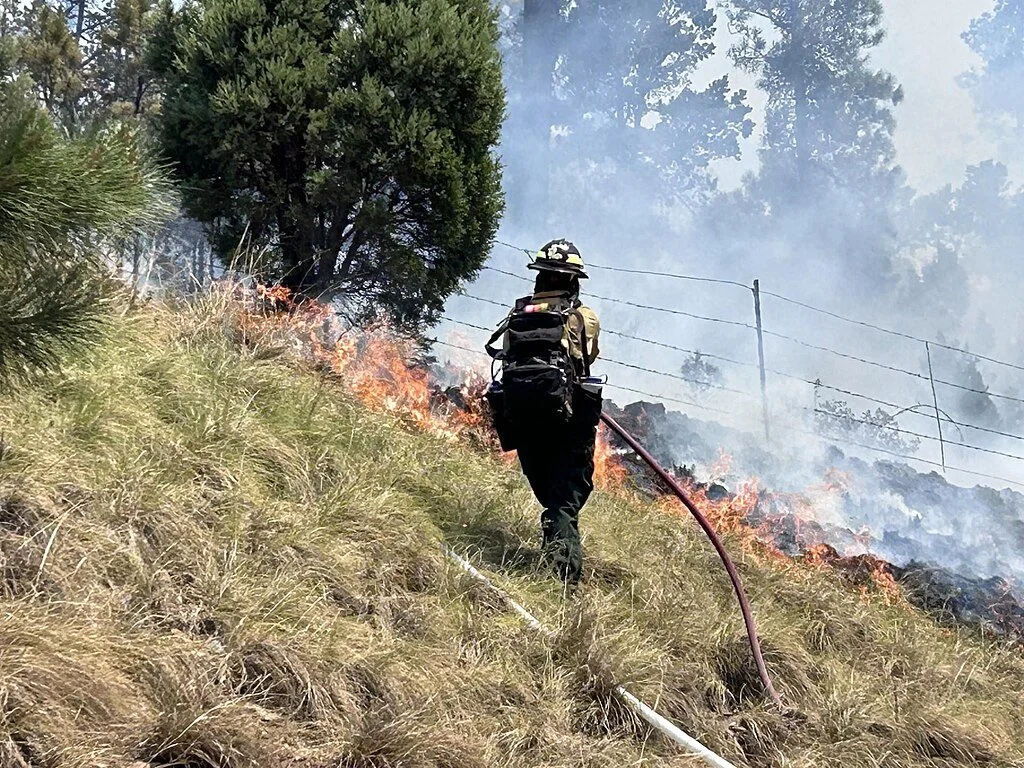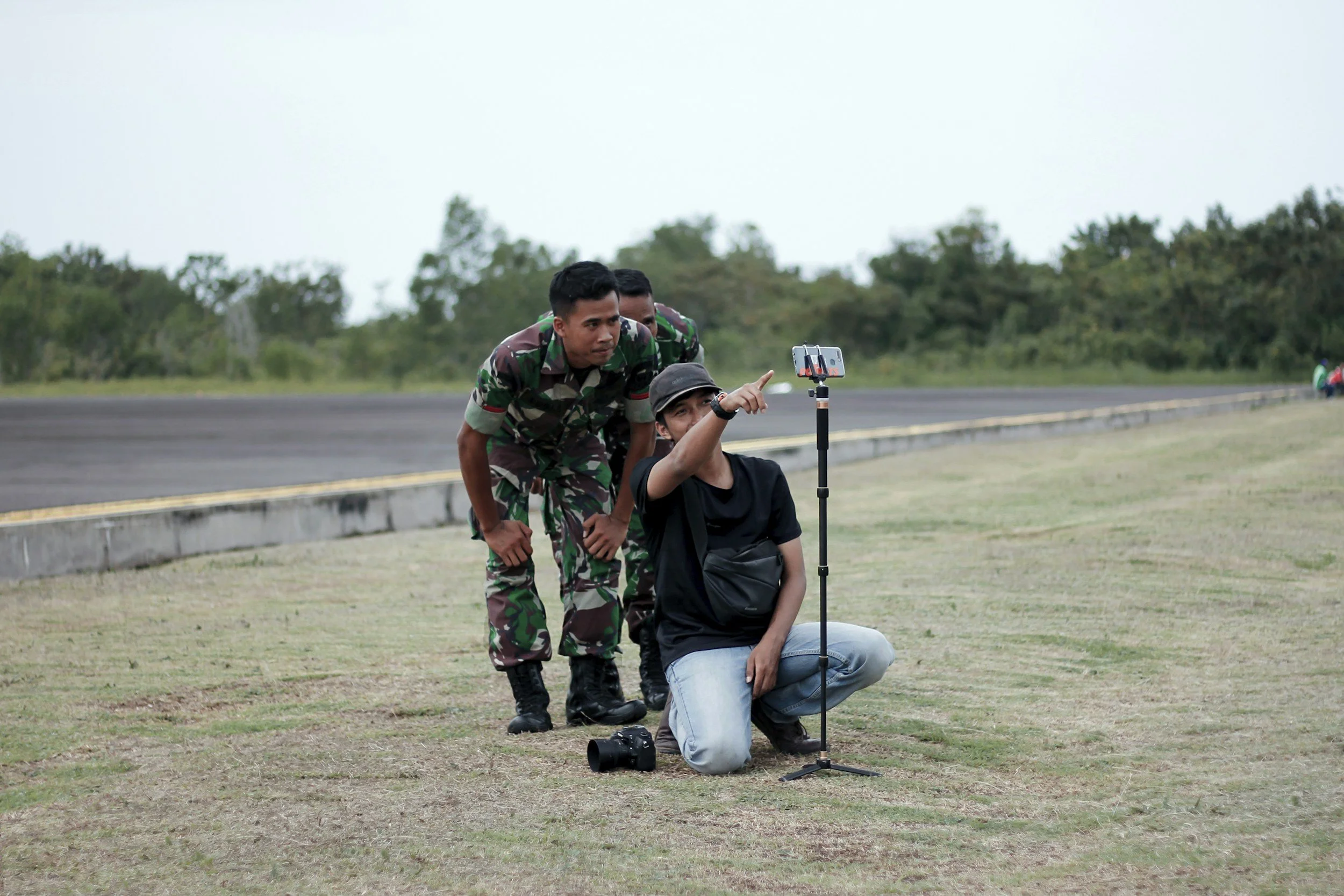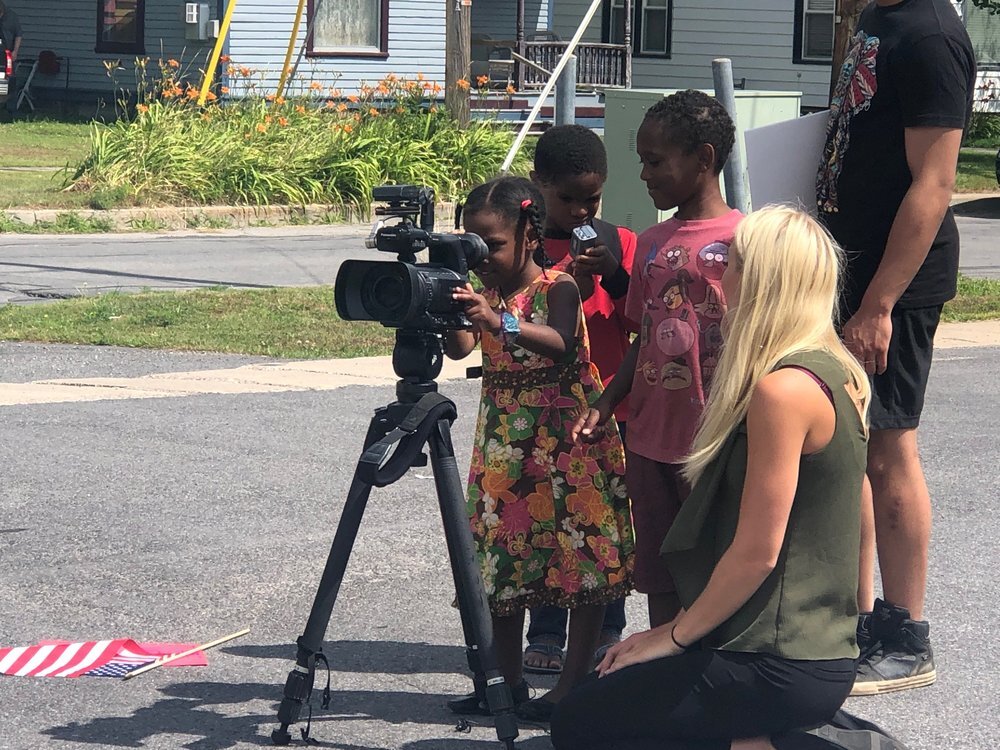
Stories
News

Analysis
Voices
Podcast
Announcements
Events
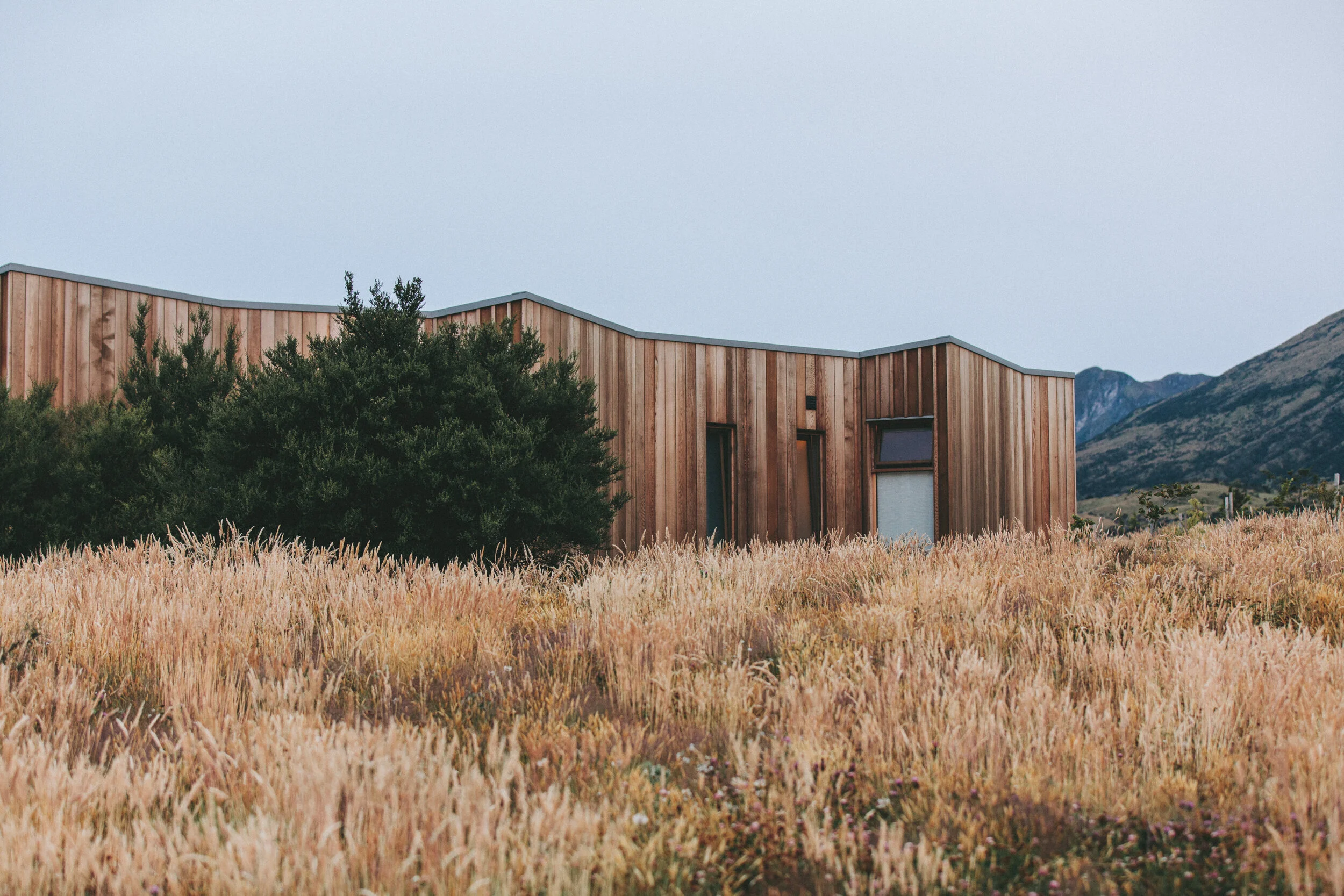
All Stories
Exploring the Art of Radicalization at Socialism 2025
“People were there in numbers, and they were hungry for radical change.”
Communal Narratives and the Danger of Imagination: Pedro Ponce Discusses His Award-Winning Story Collection
Recently Weave contributor Nicole Roche spoke with author Pedro Ponce about his new short story collection, The Devil and The Dairy Princess, winner of the 2020 Don Belton Fiction Prize. In this collection, published on Oct. 5 by Indiana University Press, Ponce deftly employs dark humor, unreliable narration, and misdirection as he explores themes related to knowledge, authority, identity, and communal narratives.
Art From the Frontlines of a Threatened Mountainside
In a follow up to “Coatepec: The Fight for the Cloud Forest”, a Forest Guardian from Movimiento por la Defensa de la Sierra describes the impact of art on their movement. The artists in question are children, and the young Earth Guardians are inspiring their community to rise up and protect their forests.
Echoes of Sandino: Artists Respond to Nicaraguan Violence
By Torri Lonergan
In the latest installment of our Weaving the Streets project, Torri Lonergan reports on a new art exhibit in Costa Rica that features creative, critical perspectives on the ongoing political violence in neighboring Nicaragua.
Journey Into the Unknown: One Professor's Take on a Community-Based Art Project
By Jessica Sierk
What happens when high school students in rural northern New York get the chance to speak for themselves, through art, about the pressures they are facing? Jessica Sierk describes the genesis and implementation of a unique community art collaboration bringing together students from Canton Central School and St. Lawrence University.
A Space to Practice Practicing Space
By Sheila Murray
In her latest report for our Weaving the Streets project, Sheila Murray takes us to Practice Space, an innovative Boston space that focuses on "rigorous self-care" in order to "weave through its locality to strengthen a community."
Dissecting Boston XII: Forest of Watchers
By Tzintzun Aguilar-Izzo
As part of our ongoing Weaving the Streets project, Tzintzun Aguilar-Izzo reveals his final act of artistic resistance. As the conclusion for this "Dissecting Boston" series, Tzintzun created a public installation on the beach of Plum Island, Massachusetts. This installation, "Forest of Watchers," embodies the subaltern gaze. It destabilizes the colonial borderlines of history; borderlines we are all complicit in constructing.
Dissecting Boston XI: Vandal Art
By Tzintzun Aguilar-Izzo
As part of our ongoing Weaving the Streets project, Tzintzun Aguilar-Izzo contextualizes his acts of artistic resistance/vandalism. To accomplish this task, Tzintzun revels his previous intrusions within the border walls of the museum. From the Metropolitan Museum of Art in New York City to the Institute of Contemporary Art/Boston, Tzintzun employed art/activism to re-politicize the white walls of censured history.
Dissecting Boston X: Projected Other
By Tzintzun Aguilar-Izzo
As part of our ongoing Weaving the Streets project, Tzintzun Aguilar-Izzo explores his Mexican American mask and the layers of racism that lie underneath the surface of Plum Island, Massachusetts. To illustrate his argument, Tzintzun narrates the act of artistic rebellion he underwent to prevent the flattening of his Mexican American heritage into a "taco." Hard shell or soft shell, anyone?
DISSECTING BOSTON IX: Undesirables
By Tzintzun Aguilar-Izzo
As part of our ongoing Weaving the Streets project, Tzintzun Aguilar-Izzo delves deeper into the development/conquest of Plum Island, Massachusetts. In doing so, Tzintzun grapples with the correlations between real estate and border construction. All bordered communities exclude portions of the population. The question remains: Who are these "undesirables"?
Dissecting Boston VIII: Land Addiction
By Tzintzun Aguilar-Izzo
As part of our ongoing Weaving the Streets project, Tzintzun Aguilar-Izzo explores the correlation between private ownership and climate change. By analyzing the 1920s partitioning of Plum Island, Massachusetts, Tzintzun dissects humanity's ownership addiction.
Dissecting Boston VII: Erosive Division
By Tzintzun Aguilar-Izzo
As part of our ongoing Weaving the Streets project, Tzintzun Aguilar-Izzo describes his own act of figmantary division on the beaches of Plum Island, Massachusetts. In a public installation piece (beach art) entitled the "Outer Limit," Tzintzun brings to light the correlations between borders, private property and human induced global warming.
Calling Boston Artists to Action
By Sheila Murray
As a transplant to the Boston area, it’s been interesting to familiarize myself with the city through the lens of current politics and social movements. Unlike my years growing up in a small New Hampshire town and my time at university in upstate New York, Boston is positively bursting with events. That said, event spaces are not always conventional. Here, a friend’s apartment is the scene for a “Women’s Brunch;” there, breweries become writing labs, bouldering gyms host “postcard parties,” and a tattoo parlor converts into a local artist marketplace. In the past few months, my eyes have been on community engagement and the spaces that crop up as hosts.
Dissecting Boston VI: Puritan Fencing
By Tzintzun Aguilar-Izzo
As part of our ongoing Weaving the Streets project, Tzintzun Aguilar-Izzo explores the historical roots of New England's gentrified divisions, unraveling the complex history of colonial boundaries.
Dissecting Boston V: Recipe for Unmasking
By Tzintzun Aguilar-Izzo
As part of our ongoing Weaving the Streets project, Tzintzun Aguilar-Izzo reveals the "recipe" he used to unmask his Mexican-American identity (presented in a visual poem), a recipe that anyone can use to unravel the spectacle of their personal representation.
A Different Kind of Resistance at Bittersweet Farm
By Andrew Watson
It is the morning of January 16th, four days before Donald J. Trump is sworn in as the 45th President of the United States. It is, coincidentally, four days before many believe the end of the world will begin. For Brian Bennett, his wife Ann, and his daughter Catherine, it is just Monday. The Bennetts, owners and operators of Bittersweet Farm in Heuvelton, New York, are resistance fighters. However, they do not fight with guns, uniforms, or marching orders; their fight requires hand tools, a 1958 International Harvester, and an extensive knowledge of heritage breed ruminants and poultry.
Weaving the Past and the Present in Beirut's Public Spaces
By Bridget Ireland
One of the best parts of studying in Jordan, a centrally located Middle Eastern country, is the ease of travel around the region. I was lucky enough to travel to Beirut, Lebanon, over a break in the semester at AMIDEAST to experience a new city and new culture. Beirut has significantly more street art than Amman at the moment, partly because of the consistent political turmoil and lack of stability in the government. Street art is a way to express political activism and culture, which Beirut is not lacking. Colorful word art and unique designs adorn the city, a way of distinguishing itself as an independent city.
"Do It Arabic": Interacting with Palestine in Jordan
By Bridget Ireland
A very large part of Jordanian culture today is interwoven with the effects of the Palestinian-Israeli conflict. Jordan is a nation of about 10 million people, and almost 2 million are here as refugees from Palestine or descendants of these refugees. It is not abnormal to see the Palestinian flag flying alongside the Jordanian flag, and Palestinian food and dress are common. Many generations of families who live in Jordan identify as being Palestinian and speak of their roots. Tragically, it is rare for those living in Jordan to be able to return to their homeland or even visit relatives in Palestine as Israel controls the visa process. Part of a recent art exhibit at Darat Al-Funun named “Do It in Arabic” I attended helped to include visitors in the art as a way of conveying the realities of the Palestinian struggle.
Posters and Politics: A Report from Amman Design Week
By Bridget Ireland
Created by Wael Morcos of Lebanon, the poster to the left highlights an important characteristic of Jordanian culture in stunning simplicity. Surprisingly to many Westerners, English is very prevalent in a Jordanian’s everyday life. When I arrived in Amman, I was caught off guard by the amount of English present. Street signs, restaurant advertisements and storefronts almost always display both the Arabic and English names. Looking into the history, I have learned that the use of both languages is is in part due to the historical occupation by Great Britain until 1946. However, English is also becoming more popular in media, music and of course, art (check out Majed Mohamed Hasan Drbseh’s comments in this article from the International Journal of Scientific and Research Publications for more information on both languages in Jordan) for the general population. My initial impression of this poster was that the bold English text was targeting the Western world and urging English speakers to be aware of civil liberties. However the subtle and more graceful Arabic script suggests that it is a better representation of the blending of both languages in political life. This poster is a very accurate representation of life in Jordan, where a globalizing world has led to a need to advertise messages and communicate in both English and Arabic.
Reflections on the Murals of Gonzalo Borondo
By Rebecca Clayman
Since returning from Rome, where I reported for the Weaving the Streets and People’s History Archive (WSPHA) project this past spring, I find myself closing my eyes and allowing a wave of visual memories to wash over my mind. After living in such a visually captivating place there are an endless number of picture perfect moments to recall, but the images I am most enchanted by are ones that surprised me. Instead of reminiscing about the Pantheon saturated in afternoon sunlight, I think back to the images I felt most challenged or shocked by.


